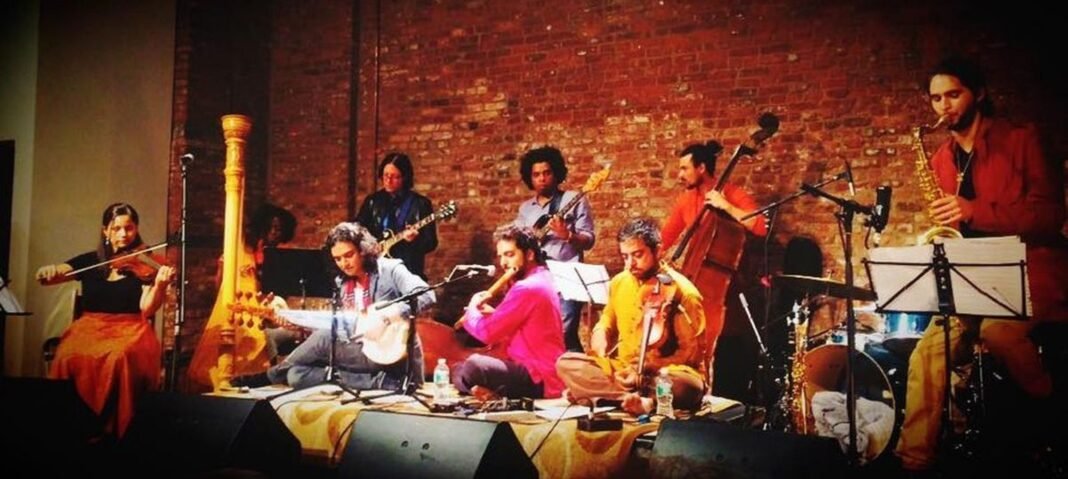Indian classical music is a rich and intricate art form that has been passed down through generations, captivating listeners with its melodic beauty and profound expression. Rooted in ancient scriptures and steeped in tradition, this music form has evolved over centuries, creating a unique tapestry of sounds and emotions. Let’s explore the essence of Indian classical music and its key elements.
1. Raga: At the heart of Indian classical music lies the concept of raga, which refers to a melodic framework. Each raga is associated with a specific set of notes, intervals, and melodic patterns, and is believed to evoke specific moods and emotions.
2. Tala: Tala refers to the rhythmic aspect of Indian classical music. It encompasses a variety of rhythmic cycles and patterns, played on instruments such as the tabla and mridangam. The interplay between melody and rhythm creates a mesmerizing rhythmic tapestry.
3. Sangeet: The term “Sangeet” encompasses not only music but also dance and drama. It represents the holistic approach to the performing arts in Indian culture, where music is considered an integral part of a larger artistic experience.
4. Guru-Shishya Parampara: Indian classical music is traditionally passed down from a guru (teacher) to shishya (disciple) in a lineage-based system known as the Guru-Shishya Parampara. This ancient and intimate method of learning ensures the preservation of the music’s nuances and intricacies.
5. Alap: Alap is the opening section of a performance, where the musician explores the melodic contours of the raga without the accompaniment of percussion. It sets the mood and establishes the melodic framework for the rest of the performance.
6. Bandish: Bandish refers to the composed and structured compositions in Indian classical music. These compositions often serve as the centerpiece of a performance, with intricate melodic and rhythmic patterns.
7. Improvisation: One of the unique aspects of Indian classical music is improvisation. Musicians are encouraged to improvise and explore within the boundaries of the raga and tala, adding their own creative touch to each performance.
8. Jugalbandi: Jugalbandi is a duet performance where two musicians, often playing different instruments or representing different vocal styles, engage in a musical conversation, showcasing their virtuosity and synchronicity.
9. Gharana: Gharana refers to a specific lineage or school of music. Each gharana has its own distinct style, repertoire, and performance techniques, passed down through generations. Some renowned gharanas include the Jaipur, Kirana, and Patiala gharanas.
10. Bhava: Bhava refers to the emotional expression and depth conveyed by the musician through their performance. It is the ability to evoke emotions and touch the hearts of the listeners, creating a profound and transformative experience.
Indian classical music is a treasure trove of artistry, tradition, and spirituality. Its intricate melodies, rhythmic complexities, and emotional depth continue to enchant audiences worldwide, transcending cultural boundaries. Whether enjoyed in an intimate concert setting or as a part of larger cultural festivities, Indian classical music offers a profound journey into the world of melody and expression.




